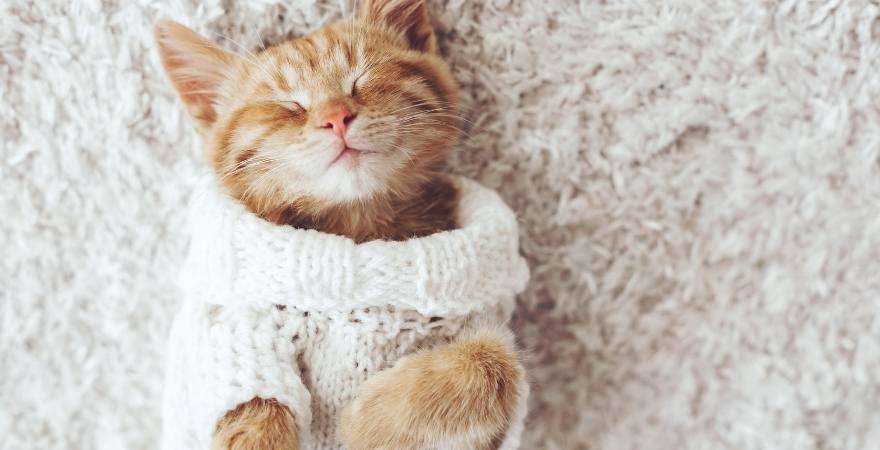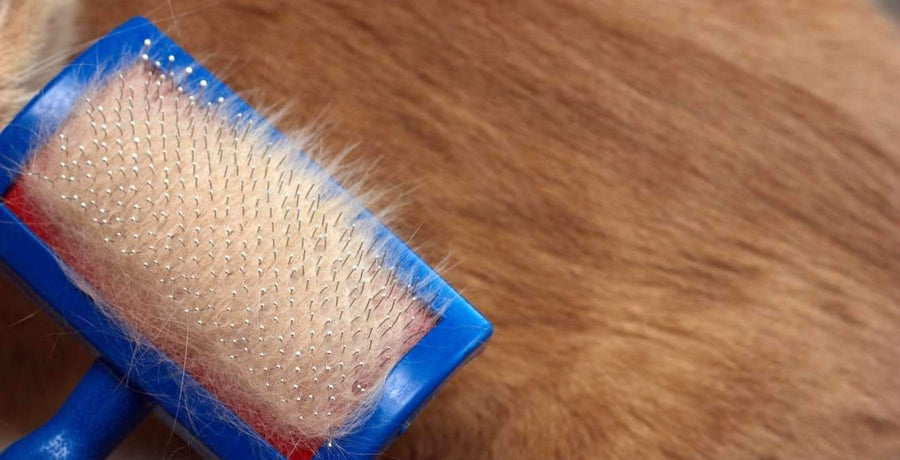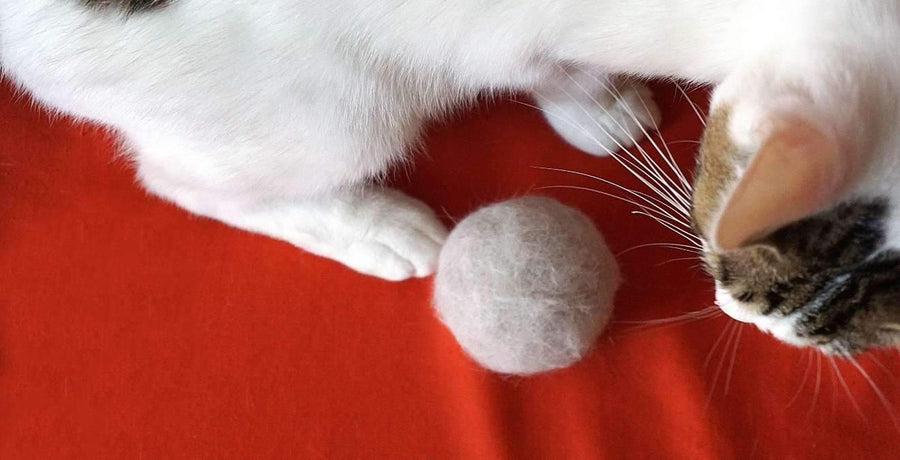There probably aren’t too many people out there who’d disagree that furballs — the ugly, matted lumps of fur your cat vomits up (usually on your carpet or sofa) — are one of the less pleasant aspects of owning a cat.
They’re obviously unpleasant, but the big question is, are they something to worry about? And if so, what can you do to treat and prevent them? In this article, we have answers to all the slippery furball questions you were too grossed out to ask.
Why do Hairballs Exist?
Let’s start at the beginning, then. Why do hairballs (alternatively referred to as furballs) exist?
According to Pet WebMD, it all begins with a cat’s tongue. If you were to convince your cat to open its mouth long enough for a thorough inspection, a magnifying glass would reveal thousands of tiny hook-like barbs on your cat’s tongue.
These barbs are immensely efficient at breaking down food.
Unfortunately for you and your cat, they’re also a little too efficient at rasping loose fur away from your cat’s skin, into its mouth — and you guessed it — down into your lick-happy buddy’s stomach.
Most of this excess fur passes right through the body without incident. However, if this fur accumulates in the stomach it will become a furball. And at this point, your cat’s body-design is smart enough to purge that furball out of the body through vomiting.

Are They Common?
They may be more common than you think. Bear in mind, furballs aren’t usually ball-like in shape! According to the Cornell Feline Health Center, furballs frequently take the form of elongated, sausage-shaped chunks of matted fur.
Furballs are a lot more frequent among long-haired cats, for fairly obvious reasons. They also appear more often in older cats, probably in part because cats get better at grooming as they get older, but also because the digestive system becomes less efficient as your cat ages.
Should You be Worried About Furballs?
Provided your cat isn’t constantly producing them, furballs are a natural byproduct of a shedding animal with a natural tendency to keep itself fastidious groomed.
There’s nothing to worry about if your cat produces the occasional furball.
While it’s impossible to come up with a hard and fast rule on this, Preventive Vet offers a handy rule of thumb: If your cat is producing more than one furball a week, seek advice from your vet. Moreover, if you see ongoing vomiting, lethargy, constipation or lack of appetite or thirst, it’s time for a vet visit.
Can Furballs be Fixed or Managed?
While furballs are a natural part of owning a cat, if it’s a severe problem, you do have a few management options to think about.
First, consider grooming your cat with a grooming brush, available at any pet store. A good grooming brush will draw away much of your cat’s malting fur, meaning much less ends up in your feline’s stomach.
It’s also a good idea to check that your cat is happy and occupied. While grooming is natural, excessive grooming may be a sign of stress, boredom or anxiety. Make sure your cat is feeling happy, safe and engaged. Good toys, plenty of play and lots of safe places for an afternoon snooze go a long way to keeping a cat content.
And of course, if your cat’s furball problem persists, your vet may advise on foods or laxative treatments to help minimize furball formation. Most treatments involve a petroleum-based substance which lubricates the digestive tract and eases the passing of fur.
Furballs Are Manageable
Don’t panic if your cat vomits up furballs. However, don’t dismiss it as a natural part of your cat’s life either!
If you see furballs more frequently than once a week, or if your cat seems distressed, play it safe and get your cat booked in to see a vet. There are plenty of treatment options to keep your cat happy — and your carpet cleaner.
Sources
- [Hairballs in Cats: Causes, Symptoms, and Remedies](https://pets.webmd.com/cats/guide/what-to-do-about-hairballs-in-cats#1)
- [A Hairy Dilemma | Cornell University College of Veterinary Medicine](https://www.vet.cornell.edu/departments-centers-and-institutes/cornell-feline-health-center/health-information/feline-health-topics/hairy-dilemma)
- [Cats and Hairballs | Remedies for Hairballs in Cats | petMD](https://www.petmd.com/cat/grooming/evr_ct_cat_hairballs)
- [Hairballs In Cats - Nuisance Or More Concerning Problem?](https://www.preventivevet.com/cats/are-hairballs-normal-for-cats)




